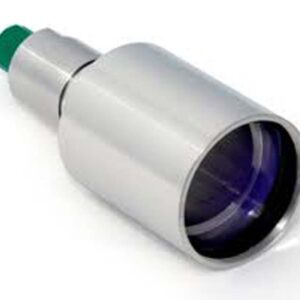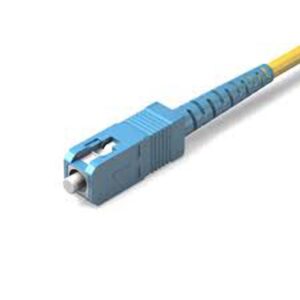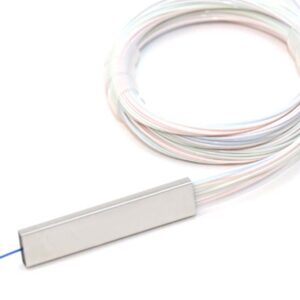-

Features
The fiber collimator is designed for collimating radiation exiting from an optical fiber cable or used in reverse as a fiber coupler (fiber port) for coupling a beam into an optical fiber cable.
- Focal lengths up to 20 mm
- Choice of aspheres, monochromats, achromats and apochromats
- Various AR coatings for UV – IR
- Choice of fiber receptacles: FC PC or FC APC (standard), ST, LSA or mini AVIM®
- Compact Ø 12 mm housing
- Front connector accepts attachment optics
- Nickel silver or amagnetic titanium
-

Features of good connector design:
- Low insertion loss – should not exceed 0.75 dB
- Typical insertion repeatability, the difference in insertion loss between one plugging and another, is 0.2 dB.
- High return loss (low amounts of reflection at the interface) – should be higher than 20 dB
- Ease of installation
- Low cost
- Reliability
- Low environmental sensitivity
- Ease of use
-

Advantages and disadvantages
- The FBT splitter offers low cost, common materials (quartz substrate, stainless steel, fiber, hot dorm, GEL), and an adjustable splitting ratio. However, its losses are wavelength-dependent and it offers poor spectral uniformity, cannot ensure uniform spectroscopy, and is temperature sensitive.
- PLC splitter: Losses are not sensitive to the wavelength, spectral uniformity is higher and it is more compact and has lower cost with greater degrees of splitting. However, device fabrication process is more complex.



